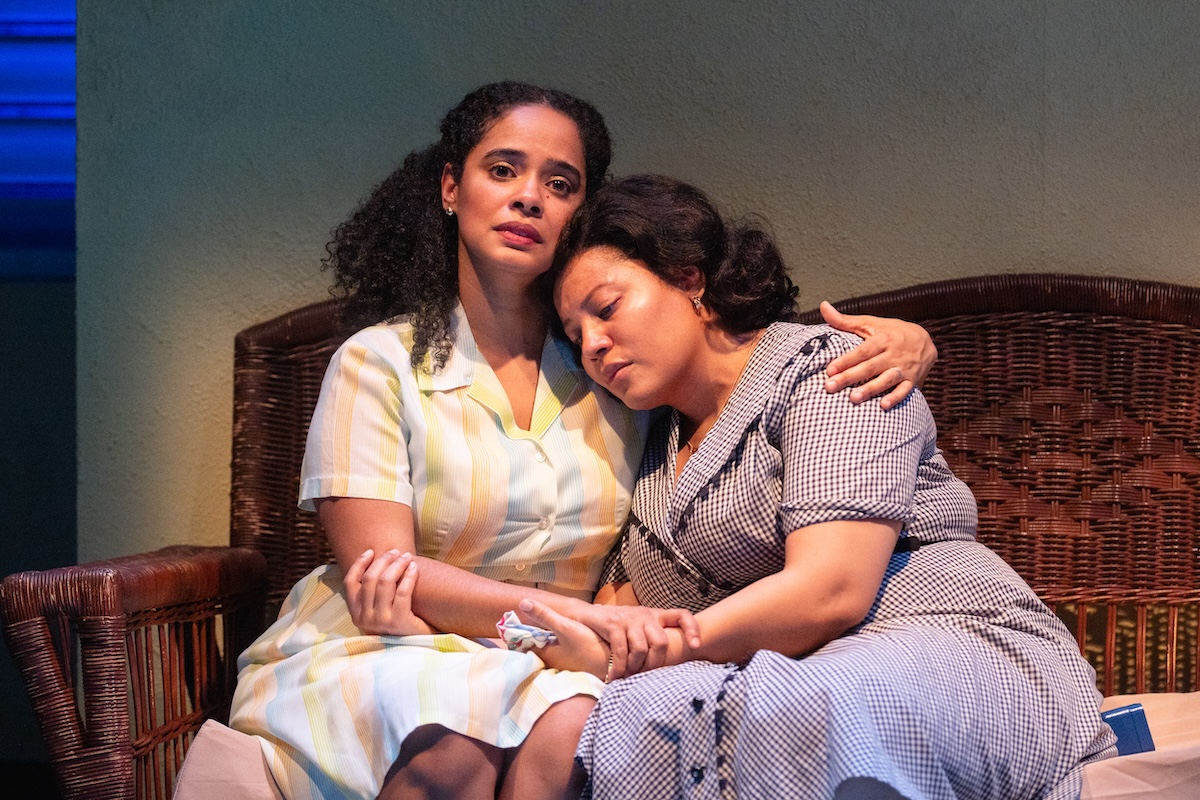Quick and Dirty Tips for an Effective Press Release
The press release alerts the media that a performance or event will be taking place.
(stock image courtesy of Microsoft Office Images)
This week I want to take the time to talk about the very important, but perhaps overlooked, skill of press release writing.
The press release serves several functions for a theater company. First, the press release alerts the media that a performance or event will be taking place in a concise format that news professionals appreciate. Second, a well-written press release can be published in a newspaper or publication looking to fill up print space, which is essentially free publicity. Third, the press release is your chance to entice reviewers to your production, which can help raise the status of both the production and the theater.
Before starting the MFA/MBA Theatre Management Program at Cal Rep, I had never written a press release. I really don’t think I had ever even read a press release! But over this last year, I have gleaned some tips and tricks I would like to share with you, so hopefully the next time (or first time) you’re asked to write a release the experience goes smoothly.
The goal of the press release is to efficiently communicate all of the pertinent details of a production (I’m going to focus this article on specifically writing production press releases, which is what I have the most experience in, but these tips could work for other news as well) in one page or less. Trust me, this is not an easy task! In addition to the who, what, where, and how of the event, you also need to present the why, and the why is where the style comes in.
First of all, never attempt to write a press release without having a complete and total understanding of the artistic vision of the production. If possible, attend rehearsals. At the very least, sit down with the director and talk about their concept for the show. You want the press materials to match the vision of the piece, or you run the risk of false advertising. Additionally, reviewers and columnists will likely pull quotes and information directly from your release, so you want to make sure that the information is as accurate as possible.
Next, the structure of the release is extremely important as well. There is a reason I mention conciseness and efficiency when describing a press release. Often, newspapers and websites have specific length requirements that they have to stick to, so if you want any hope of seeing your release in print, you have to make it easy on the editors. The less work they have to put in to make your release fit into their space, the more likely they will use it to save themselves time and money.
Here are some specific structural strategies that I picked up from Bil Schroeder, marketing director for South Coast Rep (he provided the ideas, I provided the easy-to-remember strategy names).
1. The Inverted Pyramid: This refers to the actual paragraph structure of the release itself, so that the broadest information is featured at the beginning of the release, and then the information becomes more and more specific with each following paragraph until you reach the last paragraph, which gives the details about dates, times, location, and ticket purchasing information.
2. The “Stand-Alone” Technique: Each paragraph of a press release should be complete and independent from the other paragraphs, so that if a publication needs to cut the release due to space limitations, the release will still make sense.
The basic structure that I follow for Cal Rep press releases starts with a headline and sub-headline that are clever and attention grabbing. Then, I usually include a quote that has something to do with the play, but may or may not be from the play itself.
The first paragraph always includes the name of the play, the director, the dates, the location, and a sentence that summarizes the theme of the play. Note the use of the word “theme” – press releases are not the place for plot summaries.
The next two or three paragraphs further describe the theme and relevance of the play, and sometimes describe interesting design elements. These are the paragraphs where I feature quotes from the director and sometimes the playwright, if they’re accessible, describing the piece. Again, these are all self-contained paragraphs that can easily be cut out of the release if necessary.
The final paragraph basically never changes, just gets edited depending on the show details. It gives the location, dates, show times, ticket prices, parking information, the box office phone number, and the website.
So those are my quick and dirty tips about press releases! I hope you’ve found them useful. Feel free to get in contact with me if you’d like to see an example.










